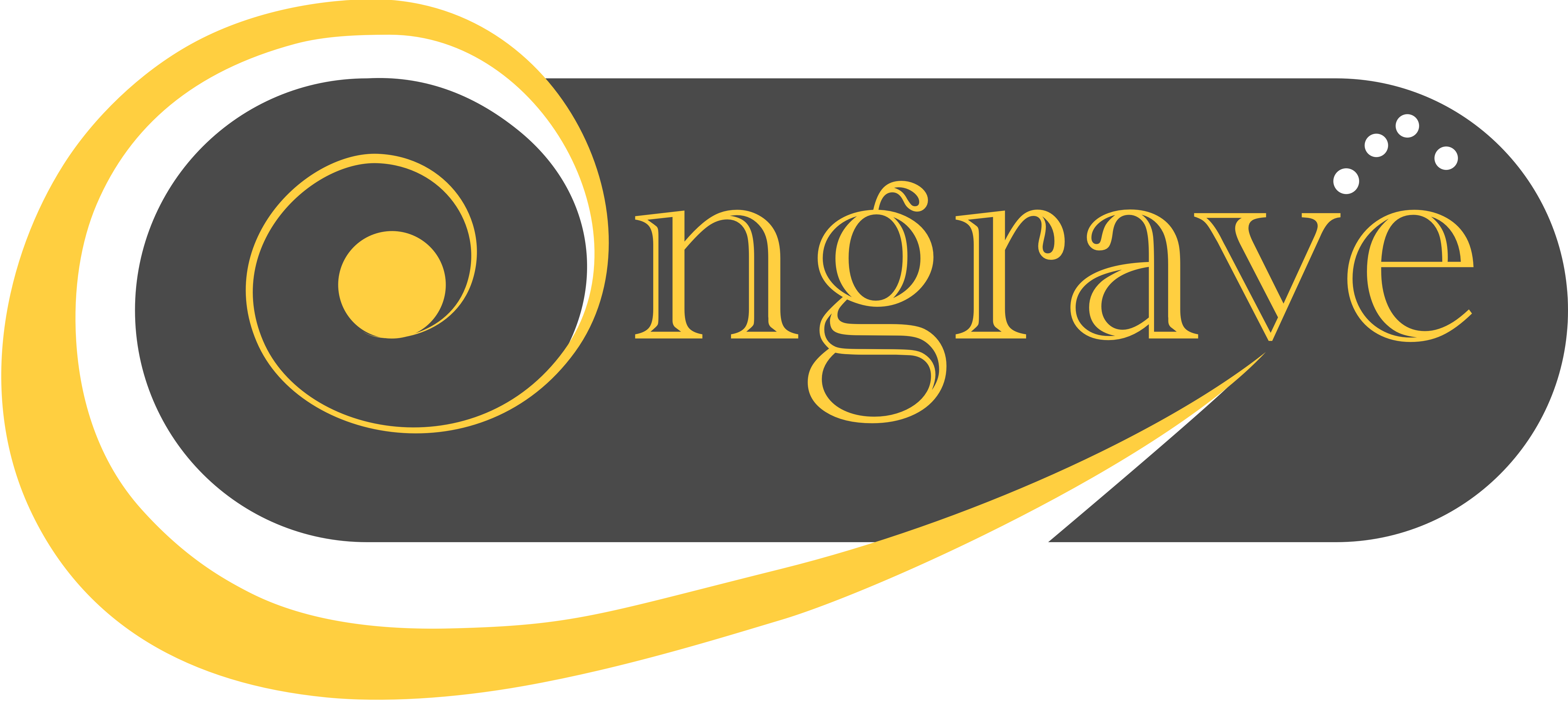
The mystery of AT 2019osy
While searching for a counterpart to the gravitational wave event from August 14 (S190814bv), astronomers using the ASKAP telescope discovered an unusual transient in the radio band: AT 2019osy. Its nature is unclear, but its location within a galaxy and a rising radio flux made it worth searching for a kilonova event.
ENGRAVE set out to clarify the issue, using two of the most powerful facilities in the world: the Hubble Space Telescope for the visible band, and the ALMA interferometer, the world largest and most sensitive instrument for microwave radiation. These telescopes provide exquisite spatial resolution, allowing them to obtain extremely sharp images of both the transient and of its host galaxy. Thanks to these two telescopes, it was possible to pinpoint the location of AT 2019osy to the very center of the galaxy. Such a precise positional coincidence opens the option that the emission is in fact due to an active nucleus - unrelated to the GW event.
We cannot firmly rule out this option yet. Studying the temporal variability of the object can help clarify its nature. This is being done with further ALMA observations. The main goal of the Hubble Space Telescope observation was to look for the presence of infrared emission consistent with a kilonova event. Unfortunately, no candidate was detected, but, as you can see, we obtained a beautiful view of a spiral galaxy seen edge-on. Studying the properties of the host galaxy is another way to help characterise the nature of the radio transient.
This campaign showcases the painstaking work necessary to spot genuine GW counterparts, a task which is similar to the proverbial looking for a needle in a haystack. Also, understanding which other objects, unrelated to GW counterparts, can pose as fake conterparts is an important task to optimise and refine our search strategies. The Universe always finds a way to surprise us, even though not always it’s the one we were looking for!
References:
- LIGO Scientific Collaboration and the Virgo Collaboration, GCN Circular #25324.
- Stewart et al., GCN Circular #25487
- Bauer et al., GCN Circular #25801
